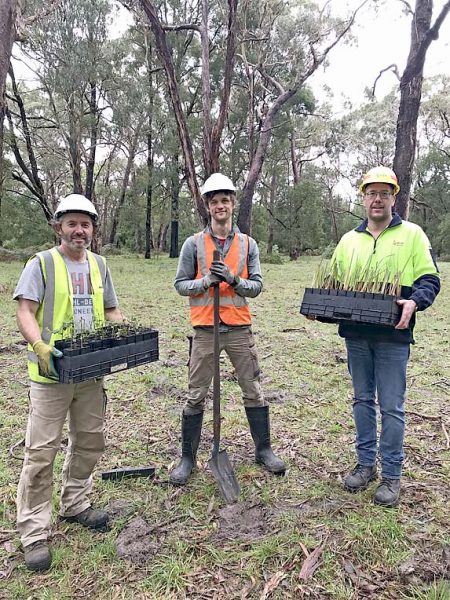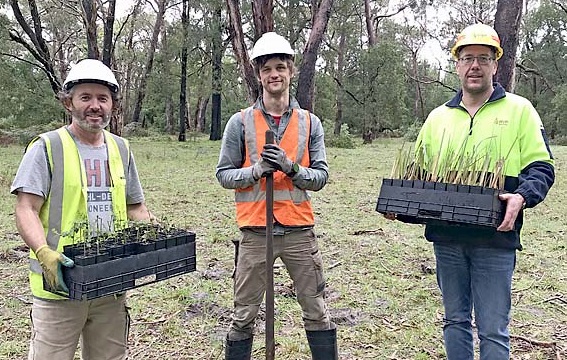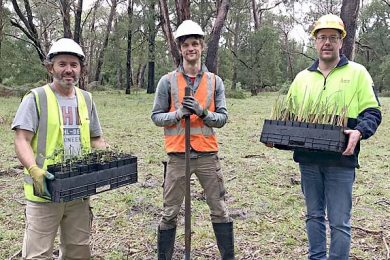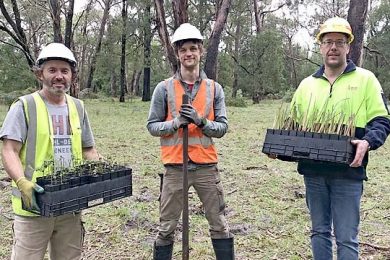
Almost 70 hectares of land will be revegetated near one of the region’s most popular tourist attractions in an effort to create habitat corridors to support native wildlife movements.
Forest owners HVP Plantations and Nature Glenelg Trust have collaborated to bring the decadelong restoration plan to life.
The re-vegetation of two sites – bordering HVP Plantations’ Rennick pine estate, the Palpara campsite and Honeysuckle Airstrip – will help protect wildlife as they move through the area.
Located on the state border, both sites are near the popular Princess Margaret Rose Caves and Lower Glenelg National Park tourist hotspots.
HVP Plantations south west district manager Marcel Griffiths has committed to increasing the conservation value of the estate’s native bushland.
“The Rennick forest estate is bordered by one of this region’s most picturesque parklands and as a result attracts a significant number of vehicle movements, in addition to the countless locals who enjoy horse riding, cycling and bushwalking on the many track corridors,” he said.
“It was recognised that by re-vegetating some of our remnant land parcels with specially chosen native varieties we could develop a designated corridor for wildlife to traverse, away from the plantation estate and travelling vehicles.”
The seven-hectare Palpara campsite has been utilised as a free camping site for generations.
However, recent poor public behaviour and ongoing bushfire threats led to visitors being shut out of the area.
Mr Griffiths said the site adjoined the Rennick State Forest, home to state and national threatened species, which would benefit from the conservation works.
A few kilometres south at the Honeysuckle-Airstrip, noxious weeds and non-indigenous vegetation will be removed across a 10-hectare parcel.
The site, which borders Dry Creek, was once a major horse-drawn trading route linking Mount Gambier and Port MacDonnell with Portland.
Green Triangle Forest Industries Hub executive general manager Liz McKinnon said the works were an example of the extensive conservation efforts being made across the forestry sector.
“Responsible environmental stewardship is a key focus for all of the Green Triangle growers who recognise it as a founding pillar in their work strategies,” she said.
“From regenerating wetlands, building nest boxes to attract wildlife and protecting remnant tree hollows to attract red-tailed black cockatoos – every effort is being made to ensure forest estates can grow harmoniously and sustainably with the local environment.”








